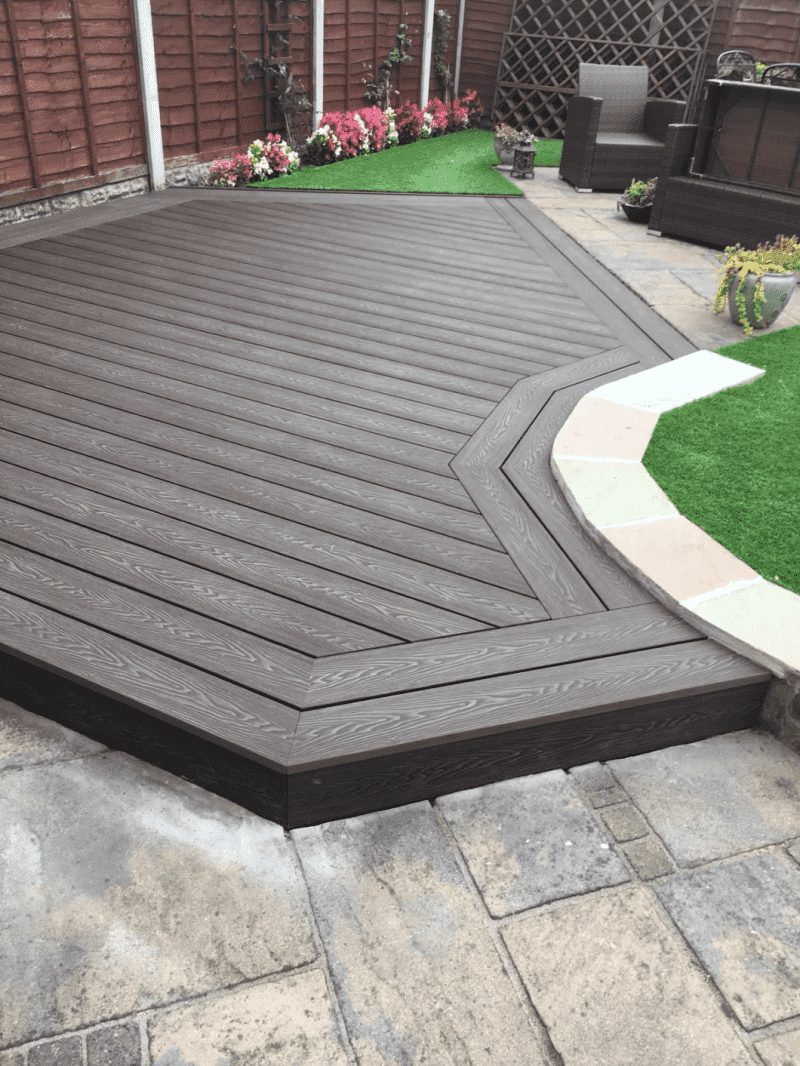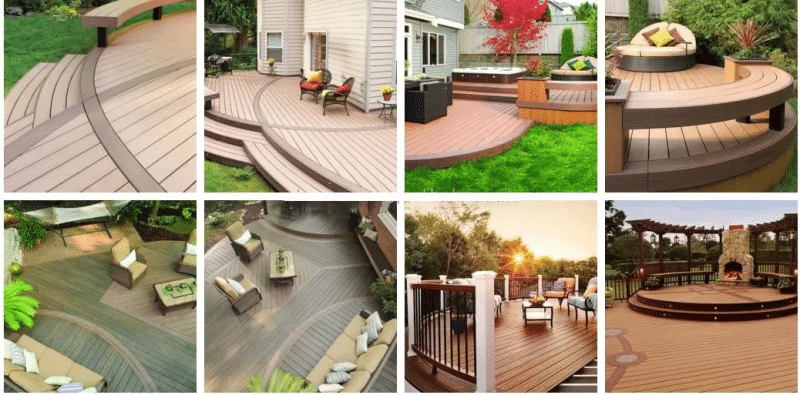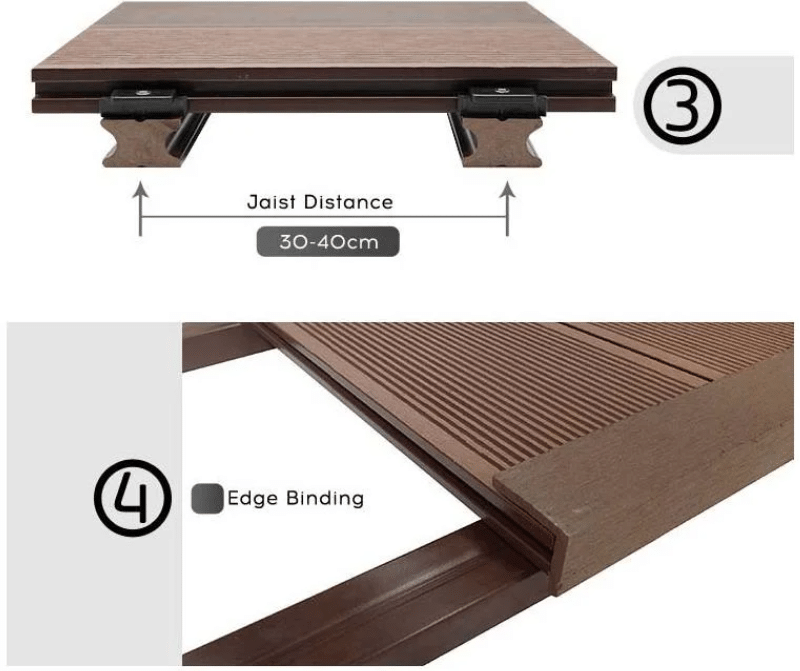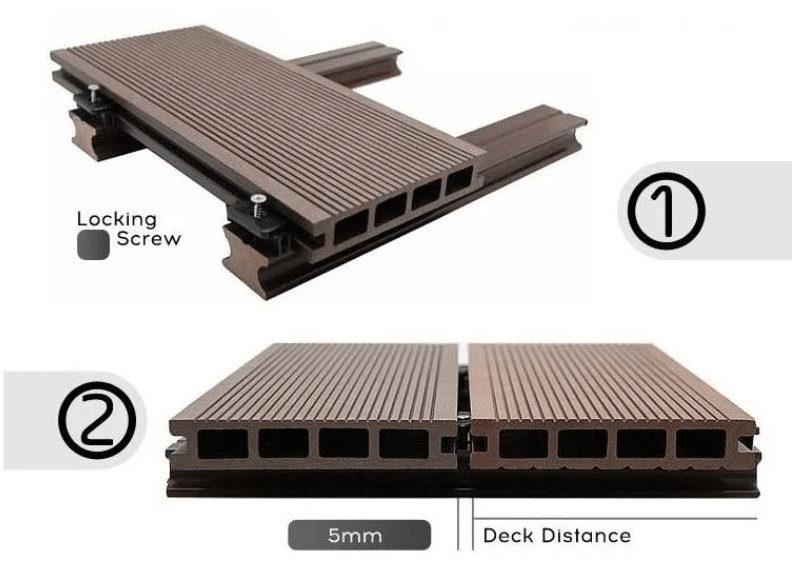Acoustic Wooden Slat Wall Panels
Acoustic Wooden Slat Wall Panels

Composite decking is a man-made building product that includes an approximate equal mix of recycled wood fibers and recycled plastic. Because composite decking products are so durable and impervious to rot, they have a much longer lifespan than wood decks. They do not require the staining, sanding, sealing, and board replacement that come along with wood decks. Even though they require more initial investment, a composite deck more than makes up for that initial cost over the lifespan of the deck.
With the many advantages of composite decking, such as lower maintenance and being resistant to mold and insects, composite decking has been deemed one of the most durable decking products on the market today. In addition to these benefits, new capped composite decking is also stain and fade resistant, which means it is easier to clean and has very high color retention.
Maintaining your composite deck requires semi-annual cleaning; just a quick spray of the hose with a mild household cleaner will do the trick.Capped composite decking is sealed and is easier to clean if mold and mildew form on the surface.Since there are exposed wood fibers in uncapped composite decking planks, it can be susceptible to mold growth just like any outdoor surface. However, cleaning your deck periodically can help keep mold at bay.
Installation of composite decking uses the same tools as traditional wood decking with the added benefit of side grooves for hidden fasteners. A hidden fastener system makes use of grooves built into the sides of the decking planks for a smooth surface without any screws showing. Plus, you have the added benefit of absolutely no splinters, twisting or warping. However, it is important to note that you must follow the manufacturer’s instructions for installation.
Adding a deck to your home can produce a substantial return on your initial investment. With composite decking, you are ensuring that your deck is beautiful for years with less maintenance. You can even have the exotic look of woods like Ipe, without all the upkeep. Composite decking can be a true, low maintenance solution to your outdoor living space by providing a beautiful sanctuary for you and your family.
Wood-plastic composites (WPCs) are composite materials made of wood fiber/wood flour and thermoplastic(s) (includes PE, PP, PVC etc.).
Chemical additives seem practically "invisible" (except mineral fillers and pigments, if added) in the composite structure. They provide for integration of polymer and wood flour (powder) while facilitating optimal processing conditions.
In addition to wood fiber and plastic, WPCs can also contain other ligno-cellulosic and/or inorganic filler materials.

WPC do not corrode and are highly resistant to rot, decay, and Marine Borer attack, though they do absorb water into the wood fibers embedded within the material. They have good workability and can be shaped using conventional woodworking tools.
WPCs are often considered a sustainable material because they can be made using recycled plastics and the waste products of the wood industry.
One advantage over wood is the ability of the material to be molded to meet almost any desired shape. A WPC member can be bent and fixed to form strong arching curves. WPCS are manufactured in a variety of colours, another major selling point of these materials is their lack of need for paint.

Wood-plastic composites are still new materials relative to the long history of natural lumber as a building material.The most widespread use of WPCs is in outdoor deck floors, but it is also used for railings, fences, landscaping timbers, cladding and siding, park benches, molding and trim, window and door frames, and indoor furniture.














